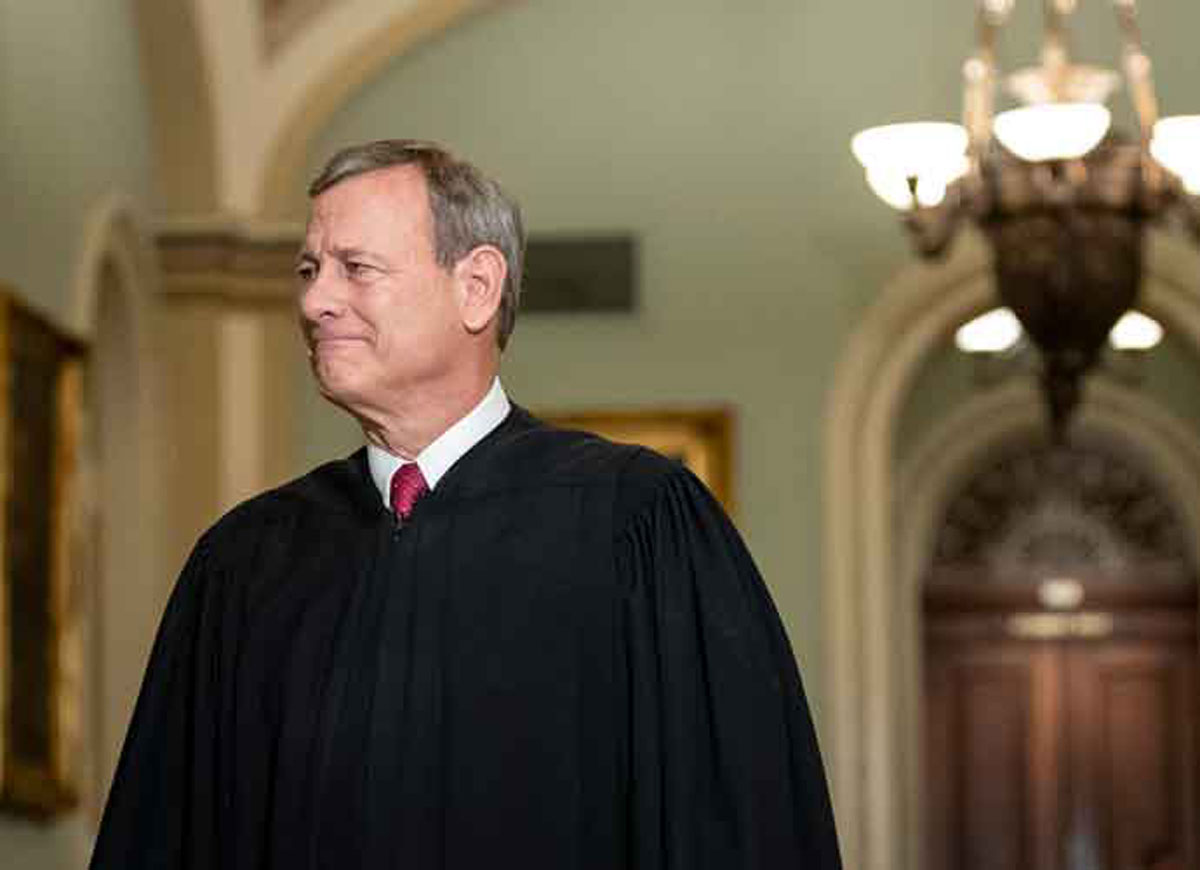Get Ready For 'Mad Women'
Over the past four seasons, Mad Men has done a stunning job of showing us that set designers can be historically accurate, directors can do their homework, and likable characters do not always (or, really, ever) have to be nice, but what has our lauded AMC Original really done for the ladies lately? For a TV show that slaps the word “Men” right there in a two-word title, the posing of this question may seem desperately obvious, but Mad Men keeps playing with us. Are our Mad Women forces with which to be reckoned? Of course, these factors are often unclear in our own mad world, so perhaps this uncertainty is just an excellent example of art imitating life – a testament to the show’s disdain for heavy-handed foreshadowing that too often condescends to us from the heights of otherwise “smart” or “progressive” programming. To be certain, Mad Men is hard to predict.
For example, we always knew that Peggy Olson had great things in store for her, since the moment she introduced herself, voice quavering, to her powerful dozing boss as “the new girl,” but we had no way of knowing that she would rapidly rise to resemble more of a Don Draper than a Joan Holloway. As for Joan herself, it was hardly obvious that a woman who had managed to maximize the professional ground she was afforded would allow herself to be romanced by such a sniveling, callow husband. And, somehow, we didn’t expect that the increasingly embittered Betty would actually ever divorce Don Draper, the superhero. So, three cheers for Mad Men, right?
Or, we could stop to see where all this outward sacrifice and inner gumption has actually brought our heroines. After having catapulted herself into another loveless marriage of convenience, an enraged Betty has responded by pushing her children away and punishing her daughter for outward displays of individuality, which she construes as rebellious; Joan has been lowered to tearfully pleading with Lane Pryce for a few extra days off work to spend with her abusive husband; and Peggy can’t stop yearning for some nameless, faceless husband for long enough to celebrate the strides she’s made. So, the question that remains is, do these plot developments prove Mad Men’s insight into the psyche of the 1960s woman, or are they an example of a kind of writing that turns femininity into purgatory?
Viewers can at least be grateful for the caliber of new love interests that Don might have on the horizon, especially Dr. Faye Miller, who brings poise and candor to both her femininity and her intelligence. This single woman wears a wedding ring as “a stop sign,” not because she is ashamed of her status. Of all the women who come and go from this cable drama, let’s hope this one moves permanently onto Madison Avenue. She would be a delightful addition to the established women who, for better or worse, never fail to push the show along and bring new promise to its storylines. One thing is sure—the dynamic writing of Mad Men has always had the guts to probe into the multiple dimensions of all its effervescent characters; let’s assume it’s not switching gears now.
RELATED ARTICLES
Get the most-revealing celebrity conversations with the uInterview podcast!






Leave a comment